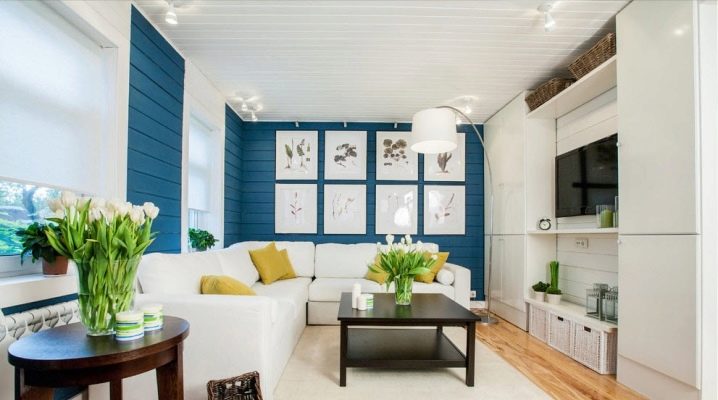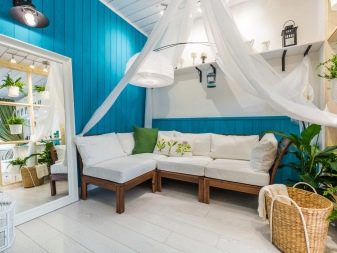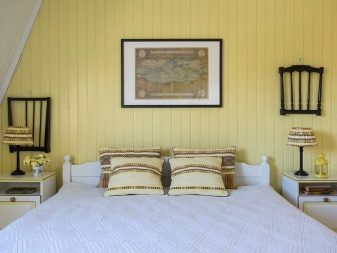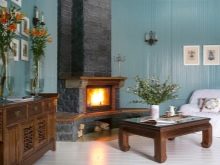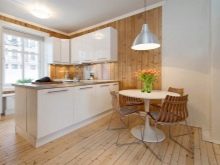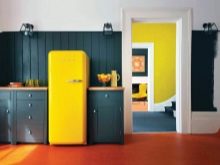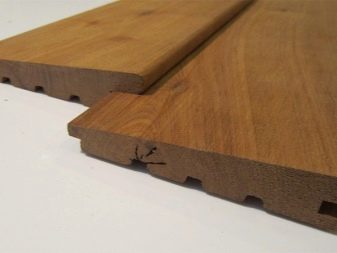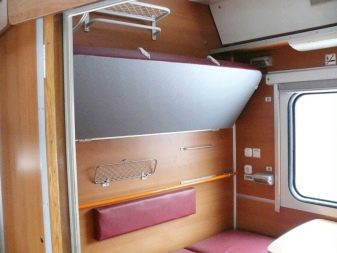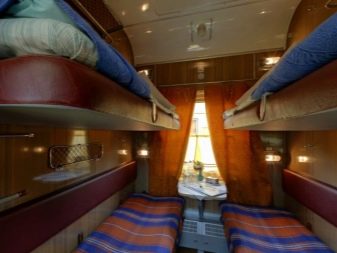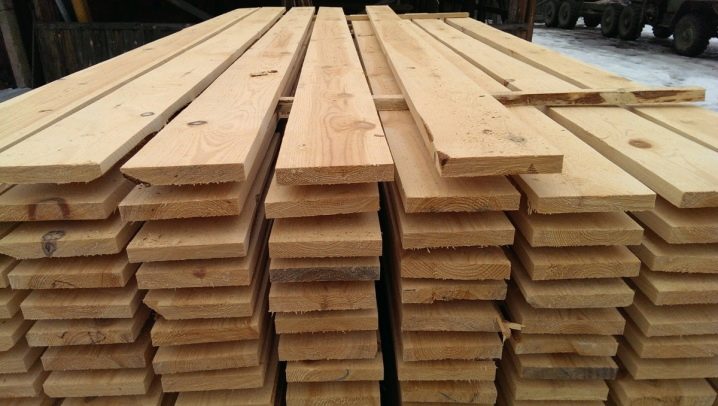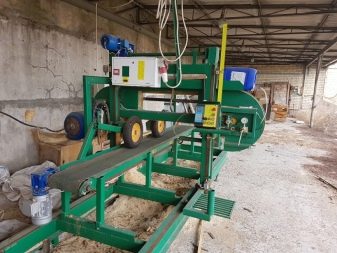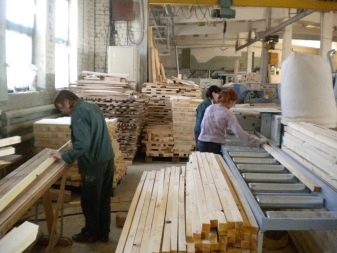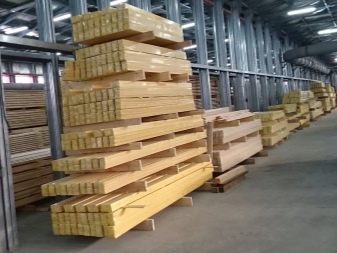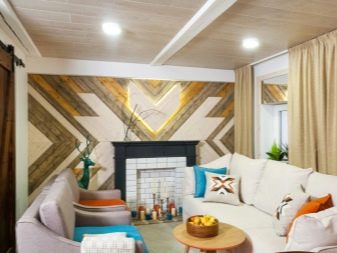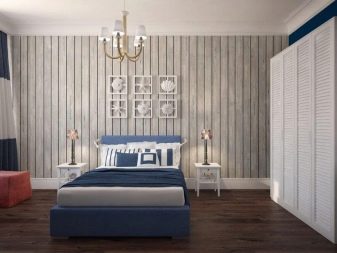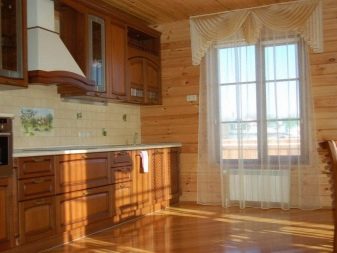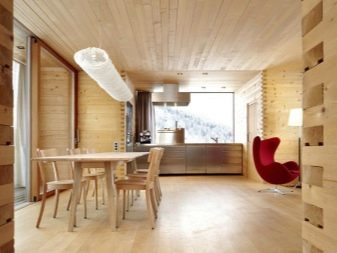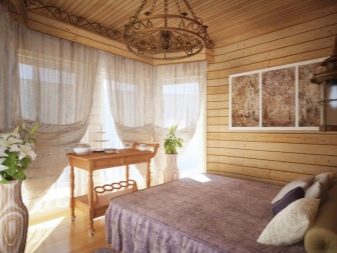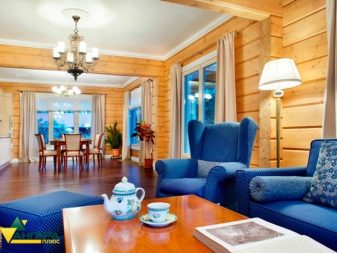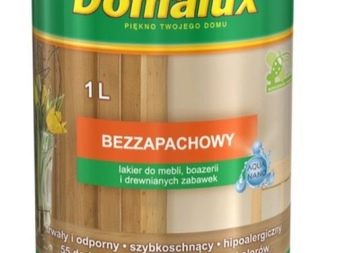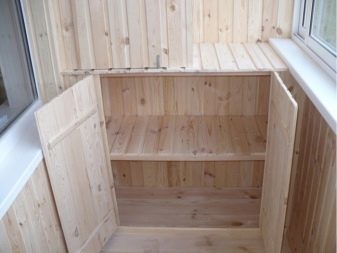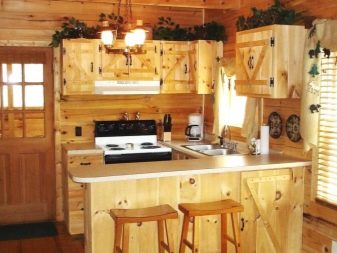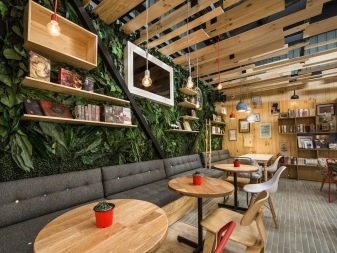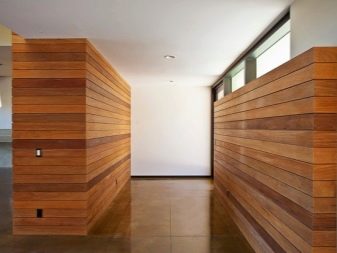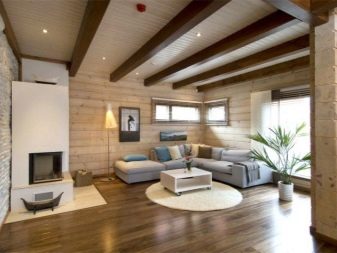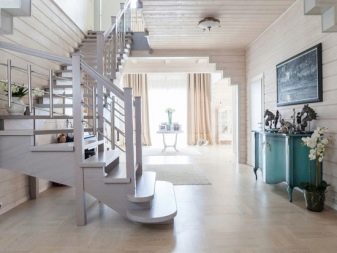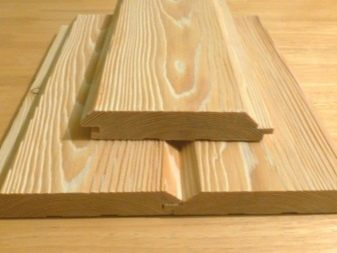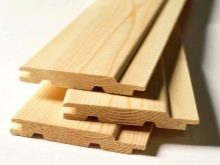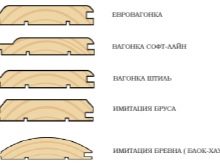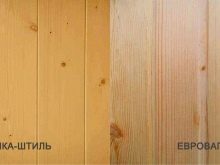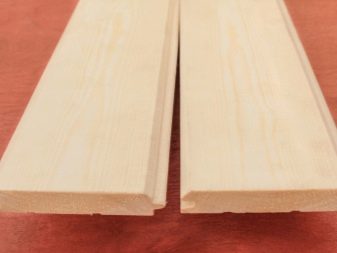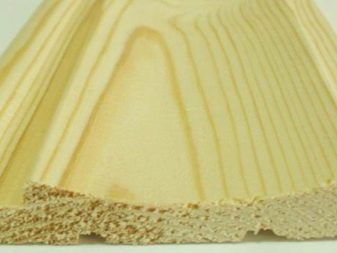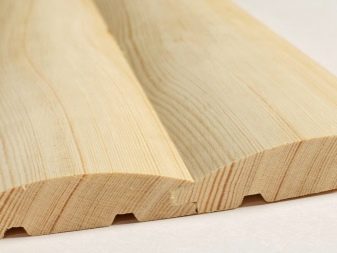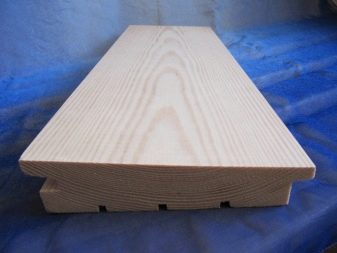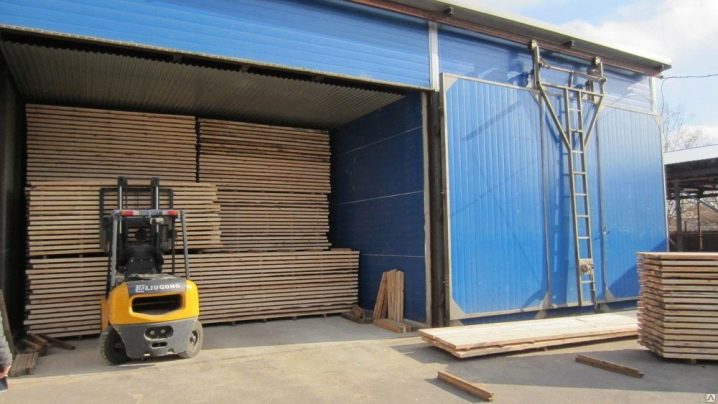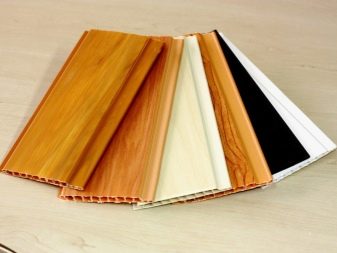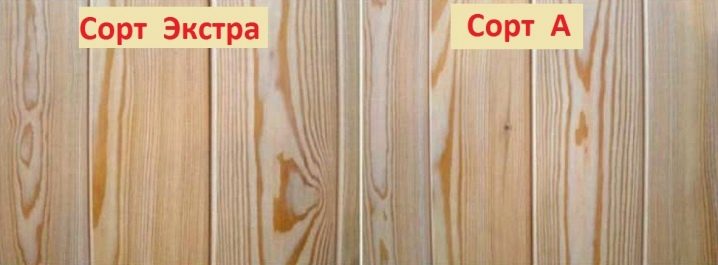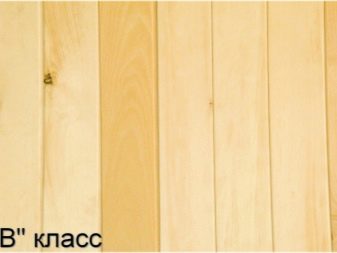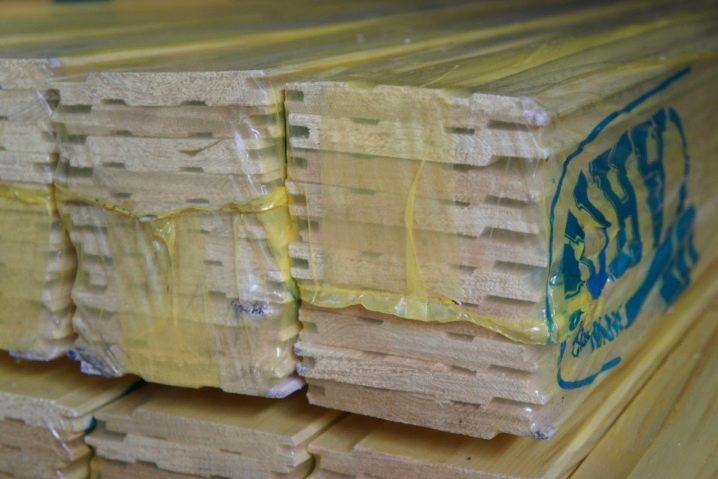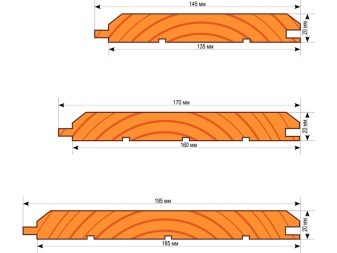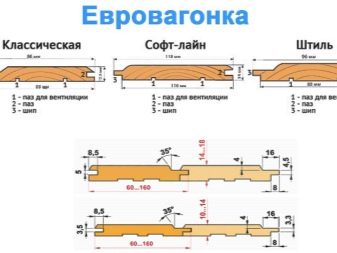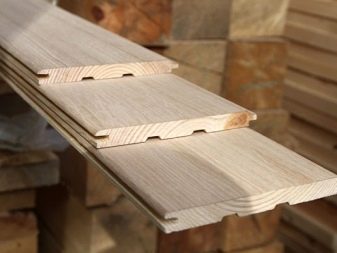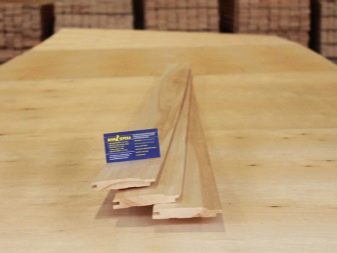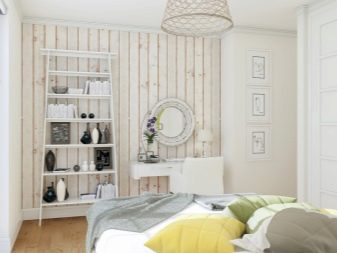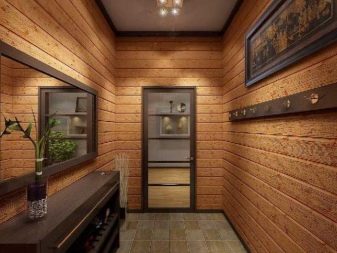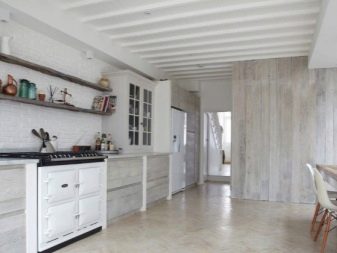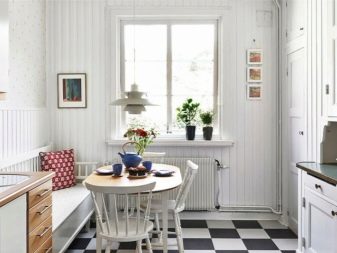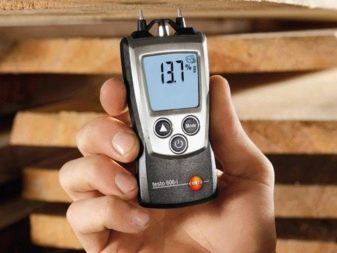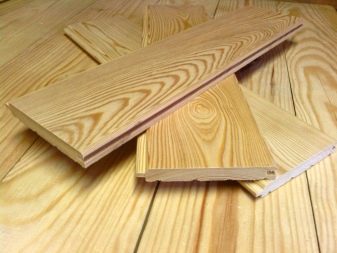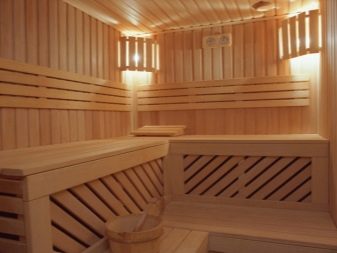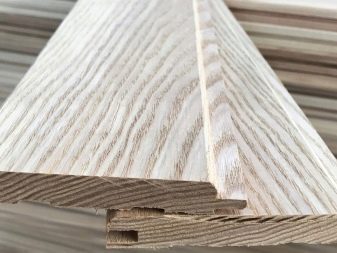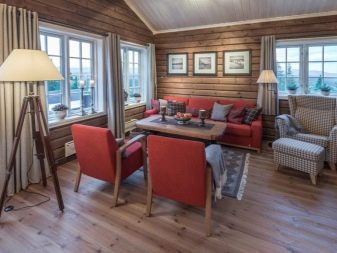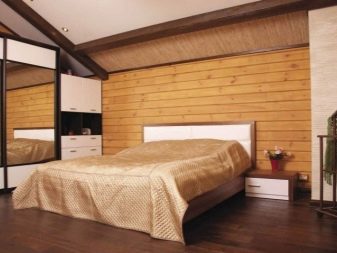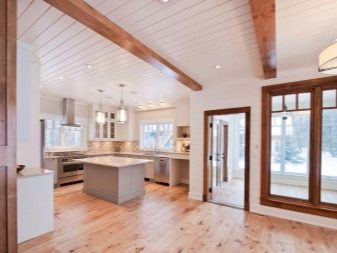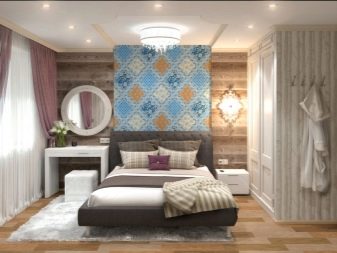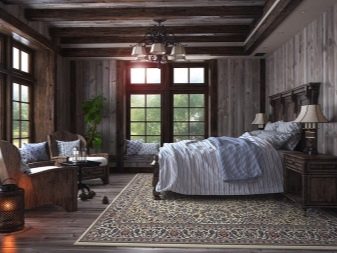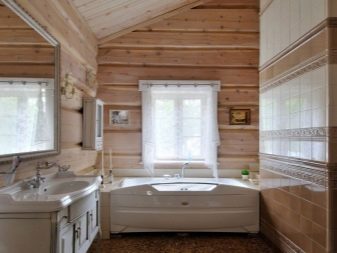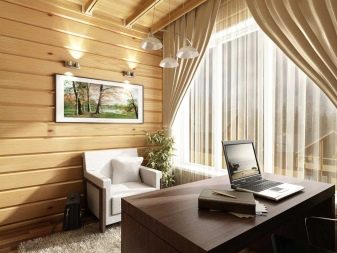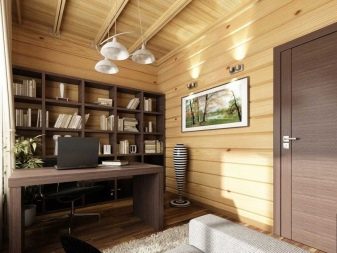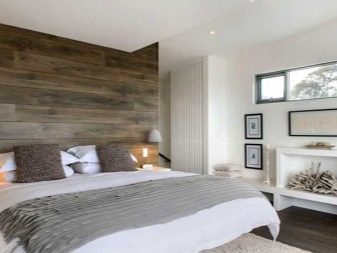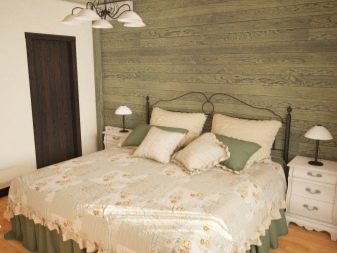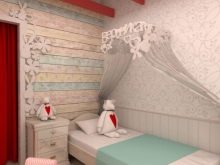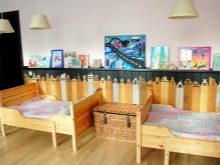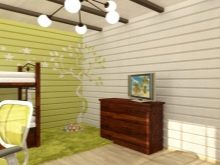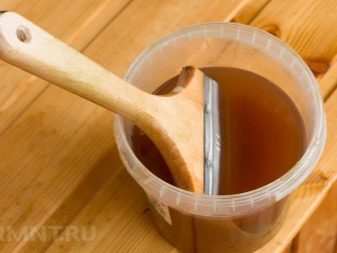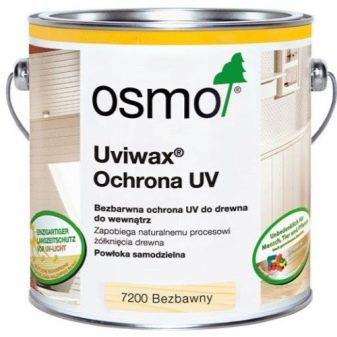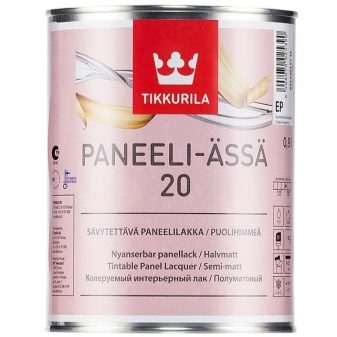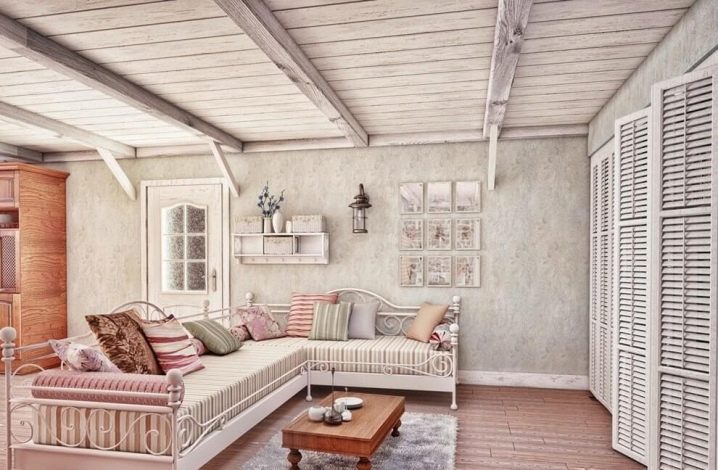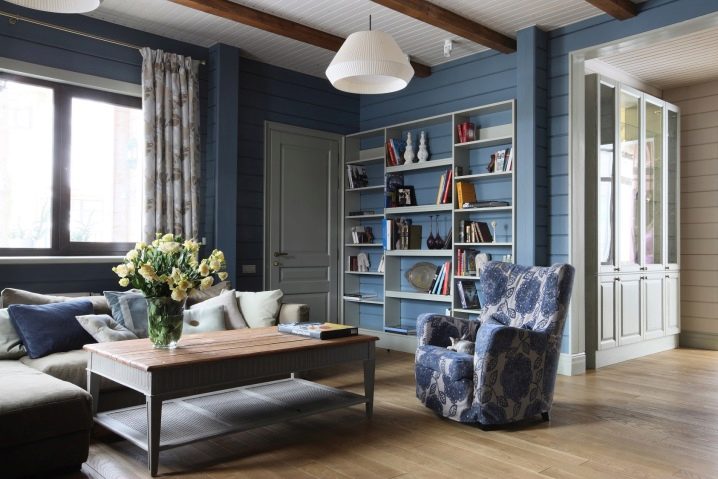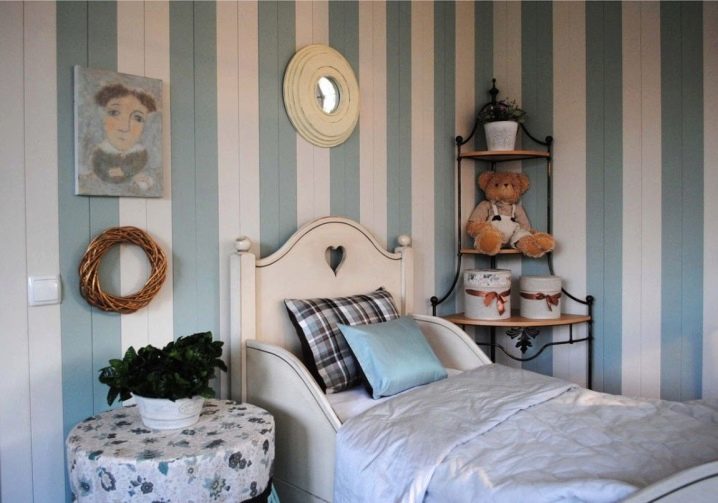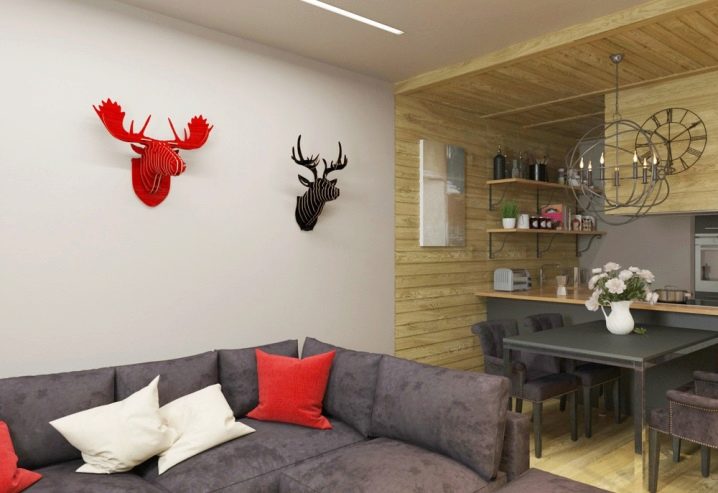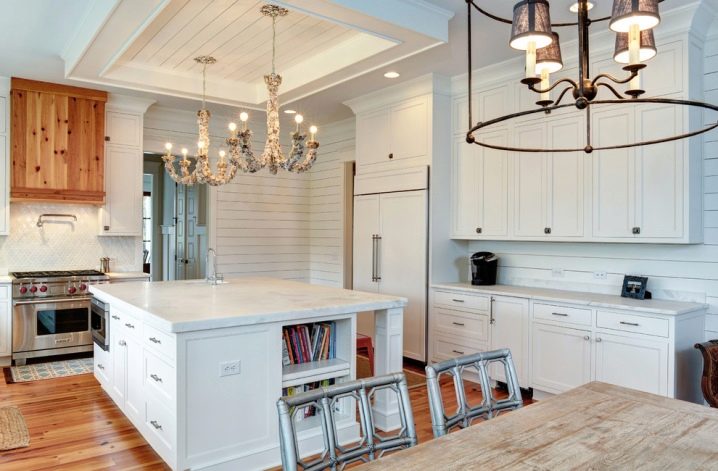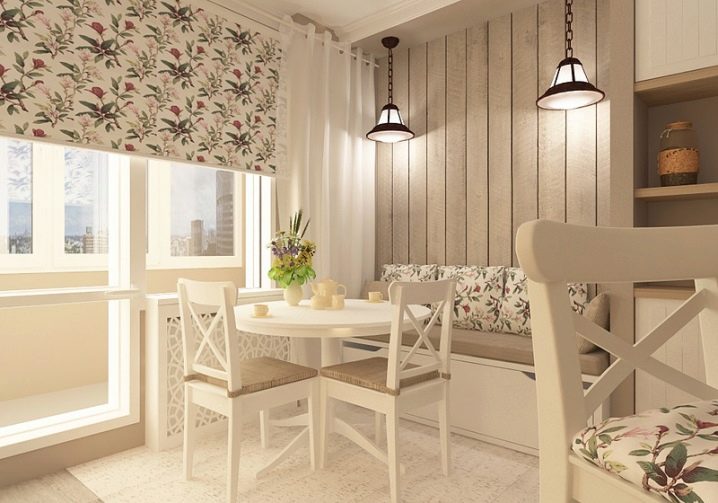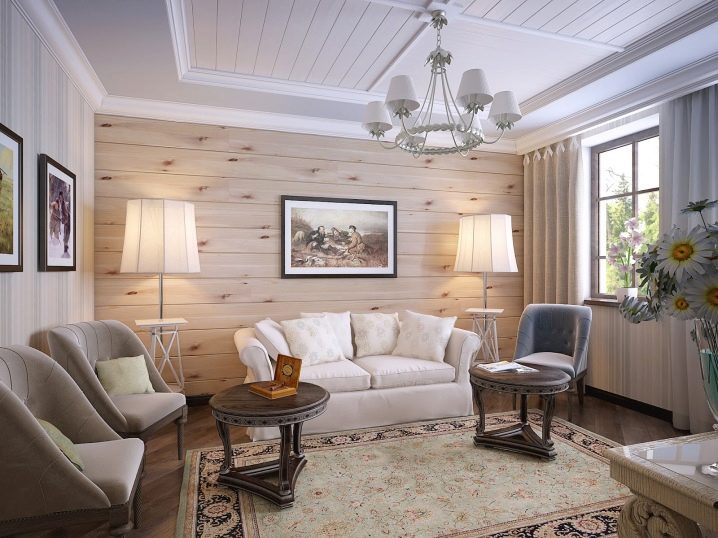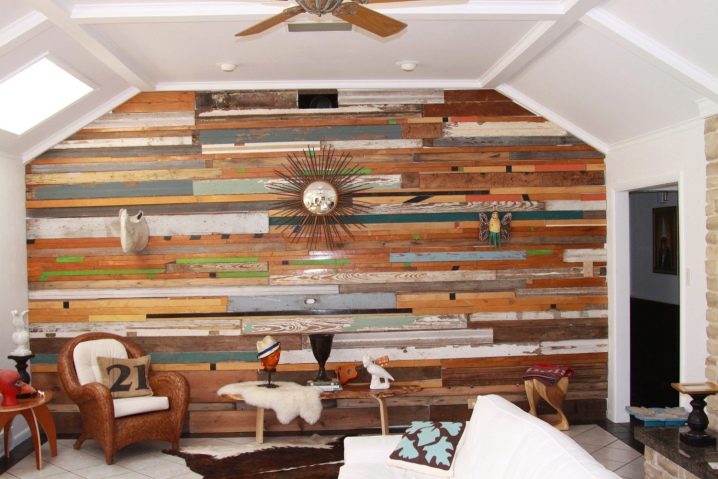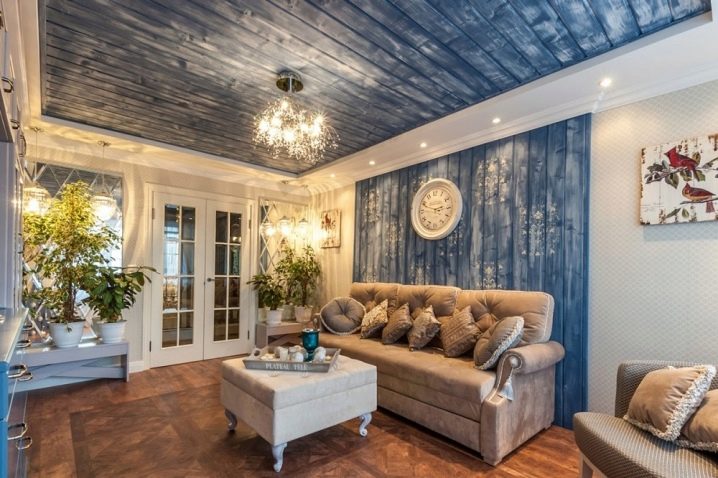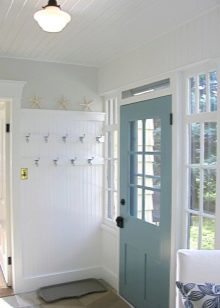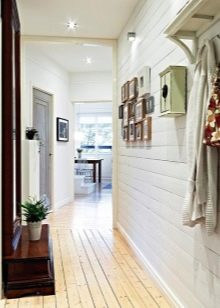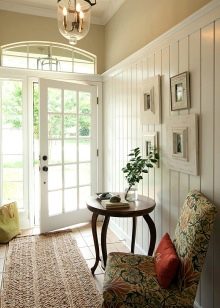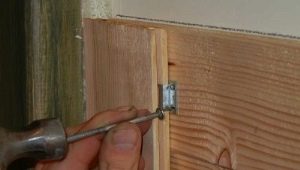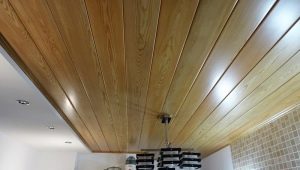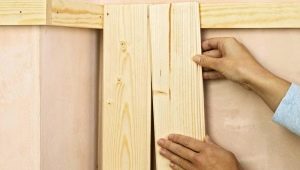Lining: types and sizes, examples of interior decoration
When it comes to choosing a finishing coat, many prefer clapboard. However, in order for the material to look advantageous and not crush the background design of the interior, you need to take into account a number of features. It is important to have an idea about the varieties of the profile, the material of its manufacture, as well as the grade, since this is not a universal finish, and for a harmonious infusion into the interior you need to know some tricks of the design techniques.
What it is?
Lining is a finishing material for exterior and interior works. This is a profile in the form of a board, which sheathes the walls and ceiling, as well as partitions. The board can have a different width and thickness, can be smooth, flat, while it is characterized by the presence of a tongue and groove connection. In other words, these are identical boards with grooves for plating on the principle of locking technology.
The lining is obliged to the name to initial appointment.
It was used in the form of narrow plates for finishing the cars from the inside. It was used because it was cheaper than iron plating and did not allow the greenhouse effect. Initially, the slats did not have a groove-ridge lock, they appeared later for ease of installation, as well as to minimize deformation and the formation of cracks during further operation.
Production features
The production of classic wood lining is a complex process, which is divided into several stages. Today, hardwood and conifers are used for its manufacture. A universal product is the production of coniferous trees (Angarsk pine, fir, spruce), since it can be used not only for interior, but also exterior decoration of rooms. Exclusively for cladding buildings inside used lining of alder, oak and linden.
A pine is a problematic cladding material, since in the heat it may appear blue. It is important to take into account the fact that each type of tree is distinguished by its soft structure. For the manufacture of the profile used edged board. Rolling or tongue rolling is performed on its two sides, which allows for the necessary grip during profile mounting.
Initially, cut boards are made of solid wood, after which they are dried in special aerodynamic or heat chambers. Drying is a particularly important stage, as the quality of the finished profile, its resistance to deformation and shrinkage depend on it. Resistance to cracking of lining depends on it. After the drying process is completed, each element is shaped using the method of planing its front surface.
When ridding the array of excess moisture, it is important that it remains at the end of the process no more than 15%. For cutting used band saws, to give the shape of a profile using four-sided machines. In order for a product to be of high quality at the exit, to create it, it is necessary to initially take quality material. In addition, a lot depends on the equipment, its accuracy and correctness of each workflow.
The tongue or folding is performed on special equipment. These processes depend on the type of installation technology, so in one case the profile provides for butt assembly, and in the other, a slot for the protrusion is needed.After the grooving or folding process, the quality of the profile is evaluated.
At this stage, detect the presence of defects (for example, knots, cracks, irregularities).
Next, the lining is cleaned from traces of processing, remove residual dust, carefully chamfer. After it comes the turn of sorting, where the product is assigned a grade, based on its quality. At the same time they rely on several factors (humidity, the presence of a fungal massif of the massif, cracks and knots). In addition, carefully inspect the profile of the severity of the geometry, since any deviation from the norm can cause a defect during installation.
Visually, this can be indicated by seams of different widths. Not only the quality of workmanship, but also natural factors are evaluated. For example, an important nuance for classification is the presence of wormholes (damage to the profile by insect pests). In addition, inspect the direction of the cut.
After giving the class product goes on sale. Few people know, but no class profile should have a defect in the form of rot, fungus, mold, because it is a marriage that should not go on sale at all.This profile is contrary to all regulations and requirements of the regulations. It should not be present in any, even the lowest class of lining.
Advantages and disadvantages
Lining is a popular finishing material, as it has several advantages. For example, it is unique precisely because of its ease of installation, because even a beginner can draw walls or a ceiling with it. This does not require special skills, and the identity of the profile will allow you to get a professional look of the lining. It can be mounted directly on the wall or mounted frame. In this case, both technologies are fairly simple and do not cause difficulties in the work.
It can be a bright accent of a specific functional area of the room or its background. Lining is unique in that it allows the combination of different textures to make the material more expressive. This is an eco-friendly material that does not emit toxic substances, and therefore can be used for covering different rooms in the house. An important advantage is the durability of such a plating. With careful handling and proper care, it can last for 15-25 years.
Regardless of the type of material manufacturing lining has soundproof properties. It partially absorbs sound, so it eliminates households from extraneous noise coming from the street. In addition, this profile is an internal insulation of the premises.
It improves the insulating properties of the working surface.
Lining is distinguished by aesthetic appeal and low weight. It is easy to transport, almost always does not need additional finishing and has an interesting texture. The material is quite effective and is able to imitate timber, without exerting a large weight load on the foundation. In addition, it is maintainable and does not cause much difficulty in the care.
Lining has a wide range of varieties. This allows each customer to choose a convenient option for themselves, taking into account taste preferences and the budget available for the purchase. The convenience of this material lies in the fact that under the profile you can hide all the wires and communications. It is able to mask technical and mechanical damage to the base.
On average, lining is not an expensive material. It is accessible, contributes to the formation inside the premises of a favorable microclimate. Usually in a cold season in such rooms it is warm and dry.
However, along with a lot of advantages, lining has its drawbacks. For example, it is sensitive to moisture, it can not be wetted with water. It must be treated with special impregnations to increase the service life of the finish. Due to the natural composition, it attracts the attention of rodents and harmful insects, which is especially characteristic of frequent houses. Periodically, the lining will have to be treated with a special compound that frightens away mice and ants.
In addition, lining in violation of operating conditions can be deformed and susceptible to rotting and drying out. Lamellae are characterized by increased fire risk. In order to reduce its level, they will have to handle a special composition. Regularly, you will need to improve its aesthetic appearance using moisture-resistant varnish.
Scope of application
It is possible to apply lining to an internal covering of structures differently. For example, this is an excellent material for the design of floors of baths and saunas. In this case, it can cover both the walls and the ceiling of the building immediately.However, 1 nuance is important here: lining grades for operation at high temperatures differ. Therefore, for the walls, you can use some rocks of the array, for the ceiling - others.
This is due to the different possibilities of wood to emit sap when heated, as well as the different degrees of heating of the material itself. According to the rules of safety, it should not cause skin burns in contact. It is laid one on top of the other more often horizontally, which is connected with the imitation of a bar.
In such places, the lining is used not only for plating planes: it is used as furniture elements.
The wall paneling is used for covering rooms inside a private house or apartment. It can decorate the walls or ceiling of the villa, it looks harmonious in the decoration of the attic, attic room. In addition, it can be used to decorate the walls of a closed veranda, gazebo and even a bay window, it is also used for the floor. If desired, and a creative approach to design, it can decorate the interior of a glazed balcony or loggia.
The material is so attractive that it is used for finishing offices. In addition, it can be seen in the design of studios and some salons.It harmoniously looks in the interior of the cafe. However, it is important to take into account the fact that for the aesthetic appeal of the number of profiles, as well as its shape, must be dosed. If there is a lot of lining, it can create not just a boring, but even a depressing atmosphere.
This is an excellent material for partitions that can zone the space of the room inside, thereby giving each section of the room its own functionality. At the same time you can create a partition using the product on a bilateral basis. If you need slats for a closed gazebo, you can use boards of conifer. Spruce lining better than other varieties helps to preserve heat.
The cedar profile is remarkable not only for its high quality and operational characteristics, but also for its pleasant shade. For interior decoration of private houses it is better to use products from hardwood trees, since their structure is more resistant to the effects of rodents and insects. Some varieties can be used for furniture items to match the general idea of style. For example, slats can be the basis of shops and seats for gazebos.
Kinds
To date, the lining can be divided into 2 types: classical and euro-class lining. In each of the types of high demands. The differences lie in the fact that for the eurolining initially take the best raw materials, which allows to achieve high quality and performance characteristics. However, when buying a material, you need to be extremely attentive, since it is often possible to see goods marked “Euro” on the shelves, although it is initially clear that it does not reach the high quality level.
You can understand the difference by visual inspection.
For example, not only the absence of defects can testify in favor of the europrofile. Despite the similarity with the traditional counterpart, europrofile has a large spike. It has a deeper tongue-groove connection.
She has a more thoughtful form, because the spike is not afraid of deformation. In addition, it has ventilation grooves. Her castle joints are carefully treated, with no lint on the face. Traditional lining is inferior in quality, although in the line of individual stores you can buy good goods for a relatively reasonable price.
All types of grooved boards differ in the shape of the profile.
Based on this, there are several varieties:
- Classic. This covering board may have an additional chamfer on the front side. Due to this feature, when mounting such a wall panel, pronounced seams are formed. Such boards are usually flat, the shape of the chamfer can be rounded or angular.
- "Calm". This version of the lining is known by the name "kolkhoznitsa", "Russian", "simple". The brushed board differs from the previous analogue in that it has no chamfer near the spike. For this reason, the installation joints between the profile will not be particularly noticeable. It perfectly imitates timber, having a board thickening of up to 2.5 cm.
- Laund house. These slats are considered to be the most expensive and interesting due to the pattern formed. In their production, milling of the front side of the profile is carried out. Due to the hot stamping method under pressure, they can have a threading effect.
- Block house. One of the most beautiful varieties of wall paneling, which is able to imitate timber. Differs from other analogues rounded shape of the front side. When finishing creates the effect of covering surfaces with a rounded log.
- "American". This lamella differs from analogs in a cone-shaped form. It does not have a chamfer at the spike, it is flat in shape, and when shed, it creates a siding effect for interior decoration. This profile looks beautiful.
- Bilateral. Difference of such lining from other analogs are two working parties. As a rule, it is characterized by a small thickness, which allows it to be used to create stylish and functional partitions. However, it is not recommended to be used for facing rooms with a high degree of humidity, since it does not have compensation channels.
In addition, the structure of the board can be textured aged, tinted, on the contrary, giving the profile a more expressive appearance.
The use of chamber drying lumber occurs in a gaseous environment. The drying time in such devices is accelerated and can be from several dozen hours to several days. At the same time it is possible to adjust the process of moisture removal to the desired level at the exit. Dry lining, stacked in a chamber in piles, has a small coefficient of moisture, which was set by the device program.
In addition to construction lumber, for interior work, another 2 types of lining are produced: from MDF and plastic. In the first case, the lamellae are the product of wood processing and are inferior in quality to wood products. They are characterized by greater porosity of the structure and less resistance to mechanical damage. Plastic options have a lower weight, these are light slats, which can be used to sheathe any room in a house without fear of its moisture level.
Plastic is resistant to water, steam, moisture, it is not destroyed under its influence. At the same time such a decorative profile can have a different type of texture of the front surface. For example, it is matte, glossy, smooth, embossed, rough. It is especially in demand for ceiling decoration, since it does not make the overlap heavier, and it is simpler than wooden lining in installation at the expense of weight, be it flat or round lamellae.
Depending on the variety, the material can create a seam or seamless finish. It differs in appearance: with suture technology, the slats are as if separated from each other by an identical notch. When technology is seamless, the effect of solidity is created.In fact, the two seams have seams due to the lock connection. Only in one case they are deliberately underlined, and in the other they are almost imperceptible.
Sorta
To date, all wooden wall paneling is classified by grade. Their 4: "Extra", classes A, B, C. Species differ in quality. For example, top-class options are considered the best. They have no falling out knots and chips from the side of the groove on the bottom edge. These boards do not have resin pockets, they are not affected by insects, do not have rot.
Extra-grade slats can be manufactured by processing from a selection after cutting into a multi-saw. Extra-C class is made on the splice line. Opened resinous pockets of these boards are treated with tinted putty, and then sandpaper. Grade A is obtained from products that are a little below the point of perfection.
For example, their backside can be difficult.
Class A Options may have accrete knots of a healthy type, as well as microcracks. In this case, blue is unacceptable, but resin pockets up to 0.6 cm in size at the rate of 2 pieces for the entire length of the lamella are possible.Such boards may have a small percentage of the core, as well as tarred areas. With regards to processing possible fine roughness on the edge in the knots hone.
Categories B and C have more defects. Thus, in species of class B, falling knots are possible (up to 20%) and cracks up to 3 cm in length. Unlike the first two analogues, these boards can have a low level of color. Grade C is considered the worst of all types, it is a profile in which all sorts of defects can be collected.
It is also bad that the purchase in the store is complicated by the closed packaging. It is almost impossible to choose a quality variant of this class. Some sellers declare that for such boards it is not a marriage to have through gaps. In fact, it is better to initially buy high-quality clapboard, so as not to waste any nerves or money for nothing.
Sizes and shapes
Lining parameters may vary depending on its type. For example, the lining of the Soviet sample is more thick compared to the eurolining. If the main flow of products with a mark of "euro" has a thickness of 13, 16 and 19 mm, for traditional-type counterparts, it reaches 2.5 cm. At the same time, European standards vary in the range from 0.5 to 6 m.
An interesting nuance is the fact that for interior wall cladding and ceiling it is necessary to buy a board of smaller thickness. The minimum thickness of a usual profile makes 12 mm, length - 20 cm. The thorn size of a traditional board can make 4-5 mm. Depending on the model, the width of the lining can be 80, 100, 110, 120 mm. The size of its spike is larger and is 8-9 mm.
Products marked "euro" are characterized by more accurate parameters, however, they also have allowable deviations that make up:
- length - half a millimeter;
- width - 1 mm;
- thickness - 0.7 mm.
Length can tell a lot about the material. For example, short products are cheaper because they are a waste product of finishing long boards. According to the requirements of GOST, the maximum width of the boards should not exceed 15 cm. The price depends on the molding: the longer the board, the more expensive it is. Width matters, too: more raw materials affect price.
Therefore, a narrow board is usually cheaper than a wide one.
Colors and design
Lining differs in a wide range of color schemes. Depending on the type of material used for its production, it can have natural wood tones or imitation of a stone (including marble). It is integral and adherent, which determines the profile picture.For example, the whole variety has a more beautiful appearance, while the spliced one is not so aesthetic.
The color palette of the wall paneling is diverse and includes shades from light and practically bleached to dark and black-brown. Light beige shade has birch, spruce has an admixture of yellow. Oak is characterized by a noble tone of coffee with milk, the color of larch resembles the shade of cocoa. Ash has blotches of gray; it is one of the most beautiful and popular tones of wood today.
In addition, the very texture of the profile. It can be embossed, whitewashed with the effect of aging or classic with a natural natural pattern. In addition, the variant with the semicircular face of the lamella is also noteworthy. With regard to plastic products lining shade can be anything, depending on the taste preferences of the customer.
More often it is a color imitation of the texture of precious woods, as well as white slats, which are able to visually bring a sense of spaciousness and lightness into the interior. Recently it has become fashionable to mix white with a light gray as well as a warm beige color.Drawing of such lamels can be any. They look stylish against the background of masonry under the brick. Facing a brick of one of the walls allows the wall paneling to look more expressive in the interior of the room.
How to choose?
To buy a wall panel, which will last a long time and will be pleasing to the eye during the entire operational period, it is worth considering a few nuances. For example, few people know that the level of moisture in fact after drying ordinary and euro-profile may differ. If it is 15% for Euro-railings, the moisture content of a classical type of sheathing board can be 20 or even 25%. This can adversely affect not only its operation, but also installation, as well as transportation.
Lining meets European standards, it is produced on the best equipment, due to which it is practically devoid of knots and has a flawless front surface of the profile. It is necessary to choose facing in view of conditions of its operation. For example, a needle board with a high content of resins and essential oils prevents the formation and spread of fungus and is able to withstand high humidity.
However, it can not sheathe the walls and especially the ceiling of the bath or sauna.
The danger of its application in such conditions is due to the fact that the profile becomes sticky with the process of resin extraction. It can ignite. Before buying, you need to check with the seller whether the material has been subjected to prior removal of tar. A good choice of material for finishing the bath or sauna will be a profile made of cedar, linden or larch.
When buying, you can pay attention to the evenness of the slats. If they have an arc, this indicates improper storage. For the buyer, it is dangerous because the board with the arc will not serve for a long time and may well get out of the castle connection. By the way, in order not to be deceived, you can ask the seller to demonstrate the percentage of moisture in the wall paneling. For such a case, the store always has a special tool for checking it.
Lining of fir found on sale less often than the profile of spruce and larch. However, the material has excellent operational properties and is almost as good as cedar. Such raw materials are also used in the production of furniture, and fir is considered the best alternative to expensive cedar. For finishing the bath, you can look at the profile of ash (in this case, needles are not the best choice).
The width of the wall panel depends on the size and height of the walls. It is advisable not to buy too wide board, because it is less susceptible to deformation and easier to install. If you want to create something special, you can purchase a profile of the combined type. The alternation of boards of smaller and larger width will allow you to avoid the feeling of crushing the room and create an unusual lining effect.
However, this technique needs to be developed together with the designer, because an experienced specialist can better see where and how it will look harmonious. For example, a similar skin and “American” (clapboard overlap) will not look beautiful. The block house does not look beautiful in the lining of small rooms. Imitation timber can give the structure from the inside a unique and even beautiful natural look, but only in case of sufficient area.
Room assignment
It is worth considering the purpose of a specific room in which it is planned to sheathe walls or ceiling clapboard. It is undesirable to do this everywhere in all rooms, because it will look ugly. However, if the material is still taken as a basis, you can beat its texture, so that the wall panel does not lose expressiveness.
In this case, you can choose the material for painting.
For example, for the ceiling of the living room, you can choose two types of lining to simulate the finish with beams (flat profile and round board), later highlighting the volumetric slats with a darker color, and flat ones painted with light paint. For the bedroom, the abundance of wall paneling, and even narrower may become a problem of the interior background. A slight accent is allowed here and that is preferably a light color. You can create a wallpaper effect by painting the boards with 1-2 elements of white and light blue paint.
It is better to use plastic in the bathroom, as this will not only simplify maintenance, but will also allow for dismantling in case of a leak, in order to get closer to the point of pipe breakthrough. However, if the style requires the presence of wood, you need to select the option that is resistant to moisture. In addition, it is desirable to take into account the fact that the wood lining can form cracks during operation. In this regard, ash is the most resistant material for cracking.
Linden analogue well saves the room from noise, so it can be used for covering the walls of a home office or library. And if you need a particularly durable version with a beautiful texture of wood, you should look at the profile of oak. It is undesirable to use for the decoration of raw premises products made of birch, because it is unstable to the appearance and spread of fungus.
It is necessary to take into account the temperature inside the rooms. For example, softwood trim is good for rooms with a temperature range from -5 to +30 degrees C. At the same time, the humidity should not exceed 50%. Linden and alder can be used for wet rooms: even with a maximum 100% moisture ratio, these types of profiles will not lose their shape.
Some products with a natural invoice are perfect for accenting the headboard in the bedroom or a specific functional area of the children's room, others will be an excellent partition in an open-plan house. However, the choice is to take into account that wood paneling in most varieties is unstable to moisture fluctuations.
Therefore, during operation, it can expand or decrease in volume.
Care
So that wood does not lose its attractive appearance over time, you need the right care for the clapboard.For example, it can be treated with polyurethane, acrylic, alkyd or water-soluble varnishes. They will enhance the decorative characteristics of the wood profile. It is necessary to choose the compositions in such a way that they have resistance to wear.
In addition, it is necessary to take into account the fact that lacquer can reduce the ecological properties of wood, so the walls can not breathe. And the composition of the impregnations necessary to maintain the integrity of the structure is not always harmless to the household. This is important to know, because the composition for the treatment of wood must be selected very carefully. To treat the facial surface with a fire retardant or an antiseptic, you must first examine the reviews of protective preparations and their effects on the human body.
As for the plastic lining, it is enough to relieve pollution in a timely manner. In addition, it must be borne in mind that it is not designed for substantial mechanical loads. Upon impact, it will simply break, requiring replacement of the element. Plastic is also unstable to scratches, therefore it is necessary to handle such a profile with extreme caution.
To wet the clapboard is undesirable.To rid it of dirt, you should use a damp cloth. Dust from the surface can be removed with a vacuum cleaner. In the presence of stains, they are removed with a low concentration solvent. At the same time, it is interesting that the board laid vertically is characterized by less accumulation of dust and dirt. To preserve the properties of wood and improve its external data, it can be treated with Uviwax and Panel-Yass.
Beautiful examples of interior decoration
To understand how to use unusual material for the most harmonious infusion into the interior, you can refer to examples of photo galleries.
The stylish solution for the ceiling. Light walls soften the perception of dark tone lining.
The successful solution for finishing the ceiling of the bedroom. Due to the light shade and beams, the ceiling composition looks easy and natural.
Separation of functional areas by color.
The allocation of space in a separate color and the use of a narrow board for the ceiling is made harmoniously.
An interesting solution for the bedroom. Giving the wall paneling the appearance of wallpaper by painting the boards in different shades.
The division of the room into two functional areas. The appropriate emphasis on the dining area with the support of the same shade of pieces of furniture in the guest and kitchen spaces.
The combination of wall and ceiling decoration with the allocation of kitchen space looks beautiful and stylish. The use of white color fills the room with light and comfort.
The original approach to the design of a compact guest area. The use of light colors of the array brings a sense of nobility and high status to the interior.
Another example of a dosed approach to the design of walls and ceilings. The choice of different colors can soften the perception of the abundance of finishes.
The original design of the selection, characterized by brightness and dynamics. Emphasis of recreation.
A step that a host of a spacious house can afford. The unusual color of painted wall paneling with the transition of the skin to the living room accent brings special notes to the interior.
The original solution for the hallway. Partial wall cladding with clapboard and light shade make the entrance room special.
How to choose a grade and the size of lining, look in the following video.
